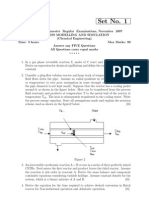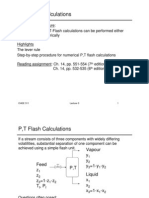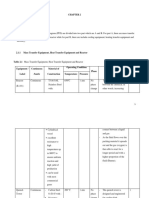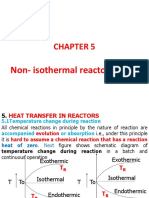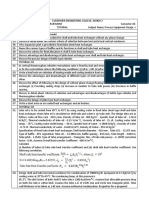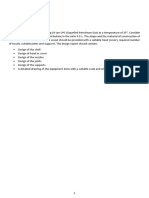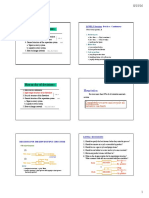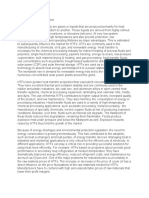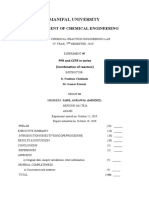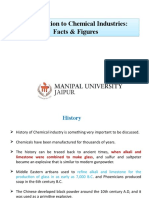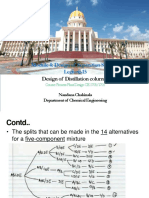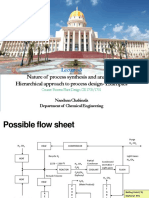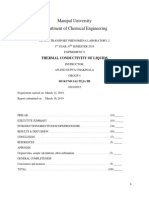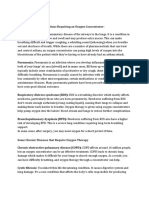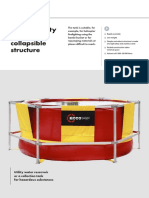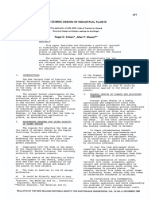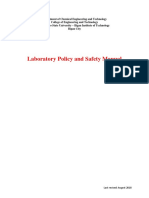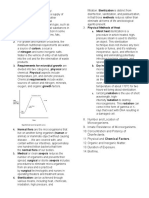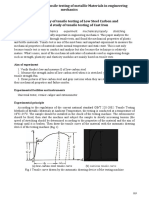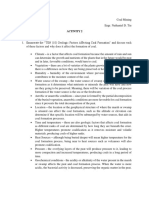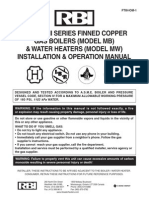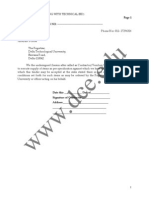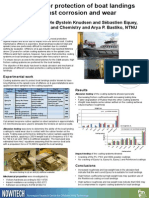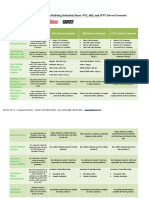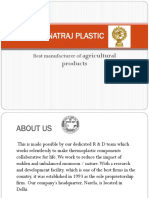0% found this document useful (0 votes)
156 views49 pagesBITS Pilani: Module 2: Flowsheet Synthesis Lecture-5
1. The document discusses the input-output structure and key decisions involved in developing the flowsheet for a process plant design.
2. It outlines the typical procedures for developing material balances, which include determining reactant and byproduct flow rates based on basic reactions and specified production rates.
3. Key design variables that influence the material balances are identified as reactor conversion, molar ratios, temperatures, pressures, and decisions around recovering and recycling unreacted reactants.
Uploaded by
sukhmaniCopyright
© © All Rights Reserved
We take content rights seriously. If you suspect this is your content, claim it here.
Available Formats
Download as PDF, TXT or read online on Scribd
0% found this document useful (0 votes)
156 views49 pagesBITS Pilani: Module 2: Flowsheet Synthesis Lecture-5
1. The document discusses the input-output structure and key decisions involved in developing the flowsheet for a process plant design.
2. It outlines the typical procedures for developing material balances, which include determining reactant and byproduct flow rates based on basic reactions and specified production rates.
3. Key design variables that influence the material balances are identified as reactor conversion, molar ratios, temperatures, pressures, and decisions around recovering and recycling unreacted reactants.
Uploaded by
sukhmaniCopyright
© © All Rights Reserved
We take content rights seriously. If you suspect this is your content, claim it here.
Available Formats
Download as PDF, TXT or read online on Scribd
/ 49


